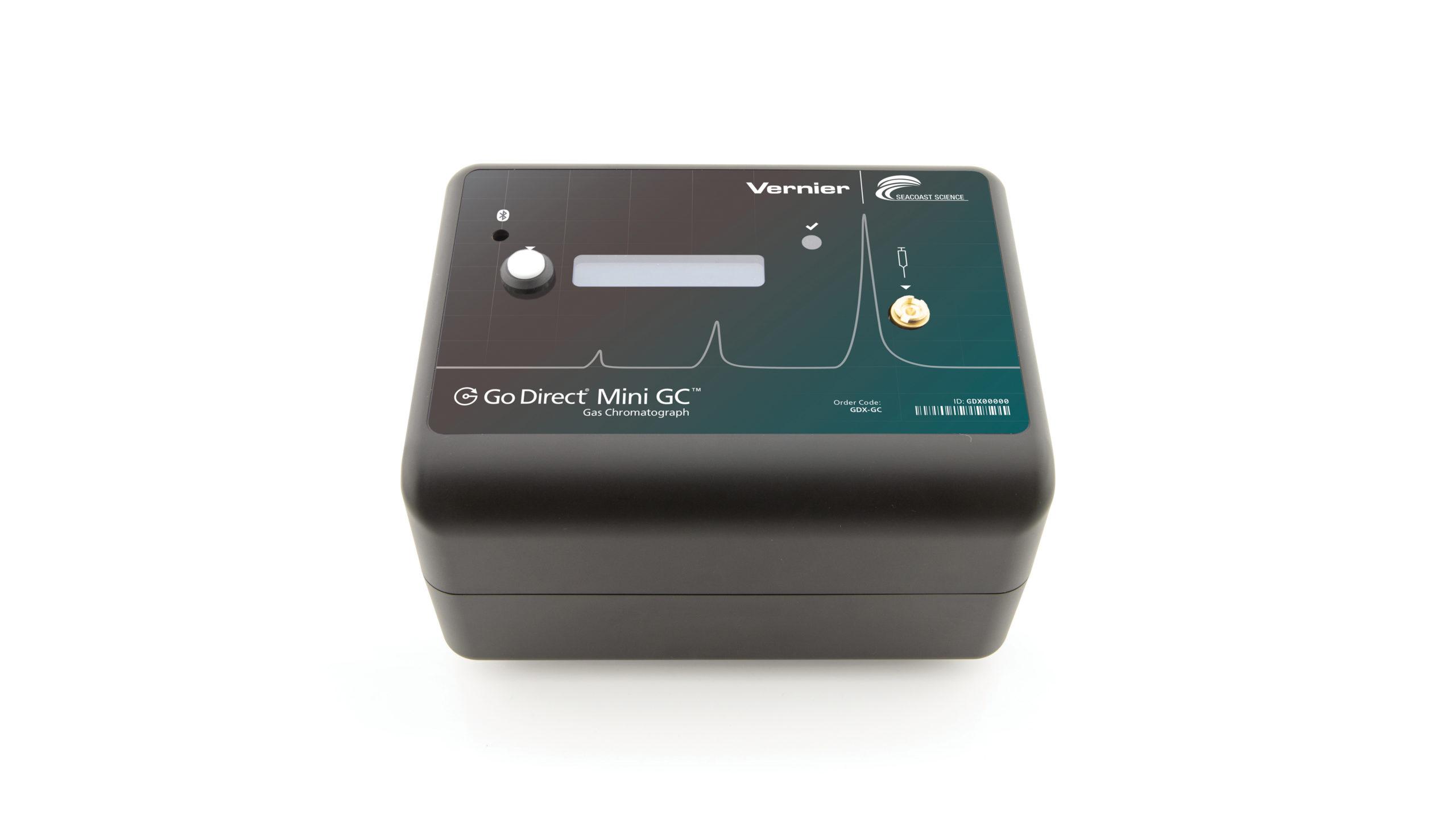Synthesizing Ethyl Acetate by Fisher Esterification
Experiment #18 from Organic Chemistry with Vernier
- Education Level
- College
Introduction
Esters compose an important class of organic compounds. Esters often have a pleasant scent and are found in natural fragrances. Esters can be prepared synthetically for use in foods, flavorings, and perfumes. Ethyl acetate is often used as a primary solvent in non-acetone fingernail polish remover.
The esterification process produces esters through a condensation reaction. Condensation reactions have water as one of the products. The starting compounds for esters are an alcohol and an acid (either an organic or an inorganic acid). A catalyst, such as concentrated acid or an ion‑exchange resin, is added to accelerate the reaction. This reaction will not go to completion, but instead reaches equilibrium after a given amount of time. Using Le Chatelier’s Principle, the equilibrium can be shifted toward the product by adding more reactants or removing products.
Objectives
In this experiment, you will
- Conduct an esterification reaction to produce ethyl acetate.
- Measure and analyze the GC retention times of the reactants and products involved in synthesizing ethyl acetate.
- Measure and analyze the GC retention times of the reaction mixture to confirm the production of ethyl acetate.
Sensors and Equipment
This experiment features the following sensors and equipment. Additional equipment may be required.
Ready to Experiment?
Ask an Expert
Get answers to your questions about how to teach this experiment with our support team.
- Call toll-free: 888-837-6437
- Chat with Us
- Email support@vernier.com
Purchase the Lab Book
This experiment is #18 of Organic Chemistry with Vernier. The experiment in the book includes student instructions as well as instructor information for set up, helpful hints, and sample graphs and data.


